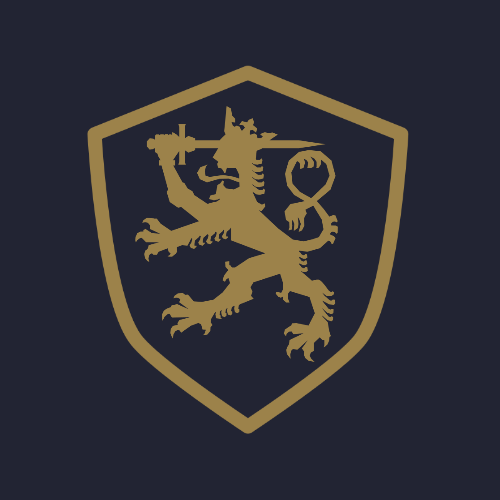SEO Basics: What is SEO?
- Adrián Valerio

- Oct 15, 2022
- 3 min read

Search engine optimization, or "SEO" for short, is the process of improving the visibility and ranking of your website in search engine results pages (SERPs). SEO aims to attract more organic (i.e., free) traffic to your site from potential customers looking for what you have to offer.
SEO involves both on-page and off-page optimization techniques. On-page optimization refers to factors within your control, such as the content and design of your website. On the other hand, off-page optimization encompasses all the other ranking factors that are not under your direct control, such as backlinks and social signals.
On-page and off-page SEO are essential for ranking your website higher in SERPs. However, because off-page SEO factors are not under your direct control, it can be more challenging to influence them. Therefore, this article will focus on some critical on-page SEO techniques you can use to improve your website's ranking.
On-Page SEO Techniques.
1) Optimize Your Title Tags and Meta Descriptions.
Your title tag is the text that appears on the search engine results page (SERP) when your website comes up as a result of a particular query. The meta description is the brief text that appears below your title tag, giving searchers more information about what they will find on your page.
Your title tag and meta description should be concise, descriptive, and keyword rich. including relevant keywords in these elements will help tell search engines what your page is about, making it more likely to appear for relevant queries. In addition, a compelling title tag and meta description can also help entice searchers to click through to your page.
2) Use Heading Tags Strategically.
Heading tags (H1-H6) are HTML tags used to indicate the hierarchy of information on a page, with H1 tags used for titles or headings at the highest level, H2 tags for subheadings under H1 tags, and so on. Heading tags help break up content into manageable sections, making it easier for users and search engines to understand the structure of your page.
In addition, using heading tags strategically can also help improve your SEO by making it easier for search engines to index your content and determine what keywords it is relevant for. For example, if you have a blog post about "10 Tips for Improving Your On-Page SEO," wrapping each tip in an H2 tag would be an excellent way to signal to search engines what keywords that section of content is relevant for.
3) Optimize Your Images.
Including images and your written content can help break up large blocks of text and make your pages more visually appealing. However, did you know that you can also optimize your images for better SEO?
When adding images to your pages, include descriptive file names and alt text (i.e., brief text descriptions) for each image. This helps search engines understand what each picture is showing and index it accordingly. In addition, using images relevant to your page's topic can also help improve its ranking in SERPs since it signals further confirmation of the subject of your page to search engines.
These are just a few of the many different techniques you can use to improve your on-page SEO. Optimizing title tags, meta descriptions, heading tags, and images can help improve the visibility and ranking of our website in SERPs. In addition, taking advantage of other on-page SEO techniques can also help increase organic traffic levels by making it easier for potential customers searching for what you have offered to find you online.




Kommentare